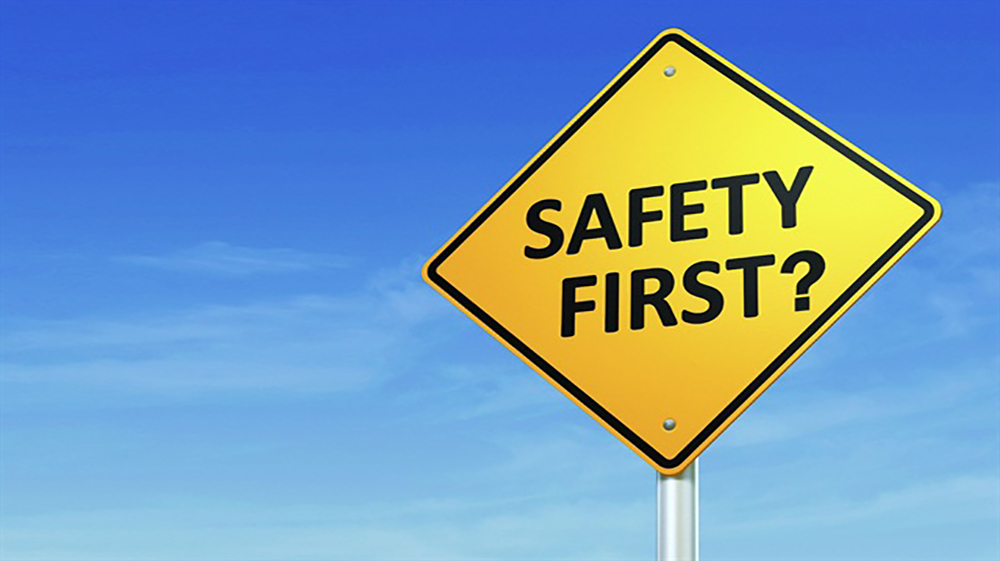SPONSORED BY

Towards Continual Improvement in Health and Safety
By Nathan Sanicharane
How many organizations would neglect their machinery, fail to maintain it, and let it run until it broke? Probably none. But that seems to be how some organizations behave when it comes to their employees, which results in both human and financial consequences.
Regulations and standards exist to help with compliance, but how can organizations go beyond the minimum requirements and achieve real, continual improvement in health and safety?
Many of us are familiar with quality and environmental management systems such as ISO 9001 and ISO14001. Indeed, meeting these standards is a requirement that some organizations demand of their supply chain, and it’s generally true that a rising tide (of standards) floats all boats.
The same is true of health and safety. There are permutations of professional job titles that link responsibilities for quality, environment, and safety and health (QESH or SHEQ). There is also a growing trend towards the combination of safety, health, and wellbeing (environment often gets thrown in for good measure). These professionals recognize the need to control and improve health and safety performance through occupational health and safety management systems (OHSMS), which proliferated some years ago.
Management Systems Standards
Drawing on the best of existing standards and schemes, the OHSAS 18000 Series was published in 1999. The Series consisted of two specifications: 18001 provided requirements for an occupational health and safety management system, and 18002 gave implementation guidelines. As of 2005, around 16,000 organizations in more than 80 countries were using the OHSAS 18001 specification. By 2009 more than 54,000 certificates had been issued in 116 countries to OHSAS or equivalent OHSMS standards.
Supporters claim that an OHSMS promotes a safe and healthy working environment by providing a framework that helps organizations to:
- identify and control health and safety risks
- reduce the potential for accidents
- aid legal compliance
- improve overall performance
The OHSAS 18000 standards provided organizations with the elements of an effective safety management system that could be integrated with other management systems to help organizations achieve better occupational health and safety performance and financial objectives. But some countries still had their own OHSMS standards, so the international standards community, including the United States, has worked through the auspices of the International Standards Organization (ISO) to publish a truly global standard, namely ISO 45001.
However, the introduction of ISO 45001 has been delayed, in part because the 65 countries participating in the ISO 45001 process generated 3,000 comments on the draft standard. Ultimately, there were insufficient votes to move to adoption.
Why wouldn’t everyone be in favor of adopting such a global standard? According to some participants, the draft standard incorrectly assumes that companies have sufficient resources to enforce a highly prescriptive and ambitious framework of standardization. A similar argument is being made in the U.S. against the Fair Pay and Safe Workplace Executive Order, which President Obama promulgated in October 2016 (but which may have been revoked by President Trump by the time this article is published). The order could effectively blacklist organizations, contractors, and subcontractors that fail to comply with OSHA requirements, preventing them from undertaking any contracts with the federal government. Opponents believe that many organizations lack the human or financial resources to either evaluate risks involved in contracts or to ensure compliance to cope with the perceived bureaucratic red tape involved.
Technology to the Rescue?
Can technology keep ISO 45001 from falling into the same trap? Larger organizations are increasingly deploying enterprise-wide environmental and occupational health systems (EHS/OHS), many of which have migrated to the cloud. Smaller organizations can benefit from the plethora of mobile apps available to help take care of the bureaucracy and mitigate the resource issue.
The smartphone has become a ubiquitous tool. Even intrinsically safe phones for use in hazardous atmospheres have now become affordable as a hub for voice and data, and this development presents a platform for future technology insertions. Indeed, over the same time period, once-passive personal protective equipment (PPE) is becoming “smarter”—for example, equipped with RFID tags for inventory management and a variety of other sensors for location, environmental, or physiological monitoring.
And while technology presents an organization with Big Data insights to help improve productivity, health, safety, and wellbeing, individuals may feel that their privacy is compromised even though employers may have the best of intentions. But this discussion is for another time.
NATHAN SANICHARANE is the Global Marketing Manager at Casella. He has 10 years' experience in the health and safety industry and is committed to promoting technology to protect worker health. He can be contacted at
nathansanicharane@casellasolutions.com
.
Safety Standards:
An Organizational Perspective


